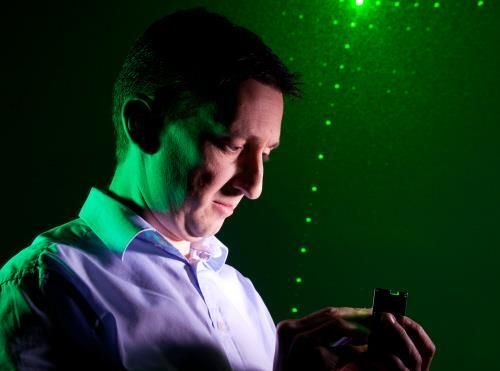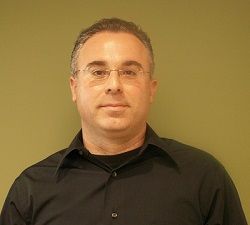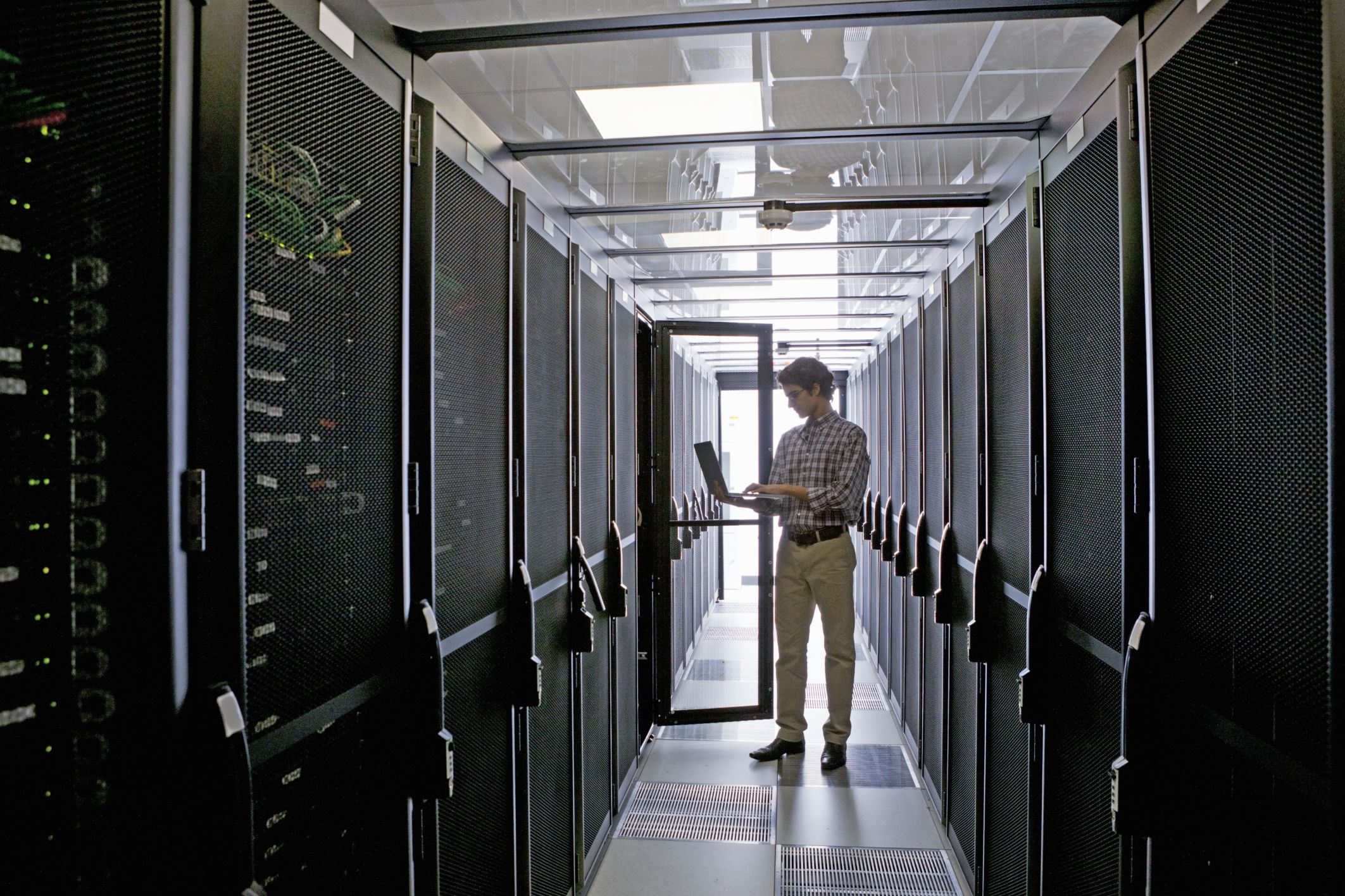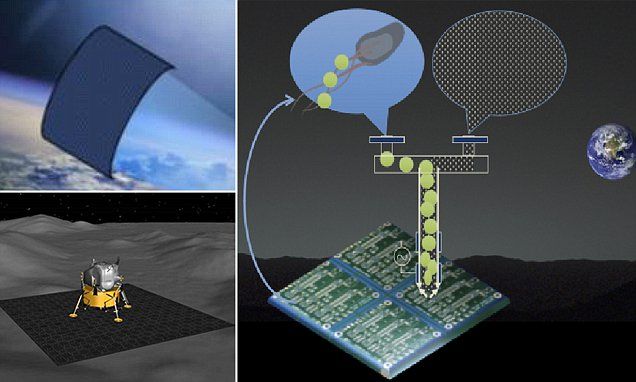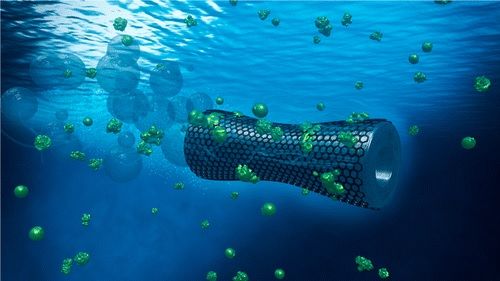
(Phys.org)—A new study shows that a swarm of hundreds of thousands of tiny microbots, each smaller than the width of a human hair, can be deployed into industrial wastewater to absorb and remove toxic heavy metals. The researchers found that the microbots can remove 95% of the lead in polluted water in one hour, and can be reused multiple times, potentially offering a more effective and economical way to remove heavy metals than previous methods.
The researchers, Diana Vilela, et al., have published a paper on the lead-adsorbing microbots in a recent issue of Nano Letters.
“This work is a step toward the development of smart remediation system where we can target and remove traces of pollutant without producing an additional contamination,” coauthor Samuel Sánchez, at the Max-Planck Institute for Intelligent Systems in Stuttgart, Germany; the Institute for Bioengineering of Catalonia in Barcelona; and the Catalan Institution for Research and Advanced Studies in Barcelona, told Phys.org.
Read more

